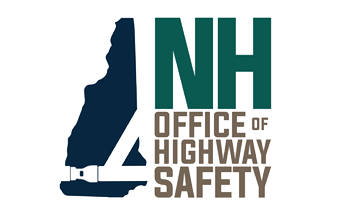Booster Seats

When a child has outgrown the forward facing, harnessed car seat, it’s time to use a booster. Children should never go into a booster before a minimum weight of 40 lbs AND before age 4. Both milestones must occur before boostering. We recommend that children stay harnessed until between age 5 and 6.
Boosters provide “artificial hips” for children who do not yet have them. Between ages 5 and 6, there are some developmental things that happen in the pelvis which makes using a seatbelt much safer. In adults, the seat belt rides on part of the hip, called the iliac crest. It holds the belt out of the soft tissues of the stomach and prevents the belt from hurting internal organs in a crash. (Seat belt syndrome) In order to be born and make it thru the birth canal, children have very narrow hips. This crest doesn’t begin to flare or widen until about age 5-6. When it does, it makes boosters safer to use. Children at this age also have better control over their behavior, allowing for maintained correct belt use.







